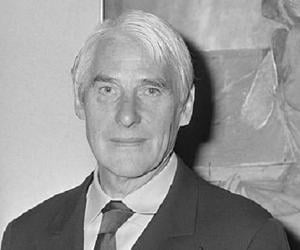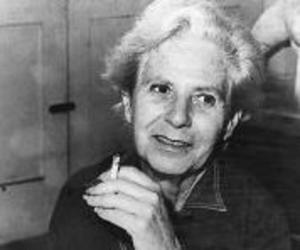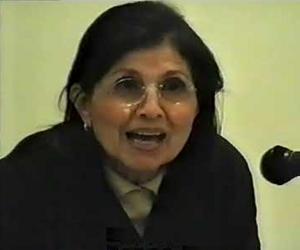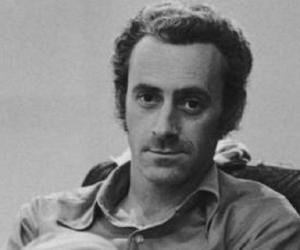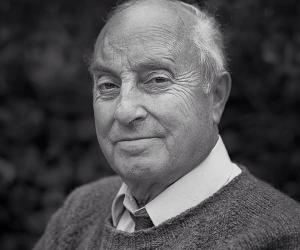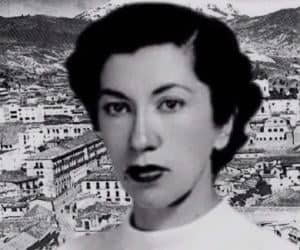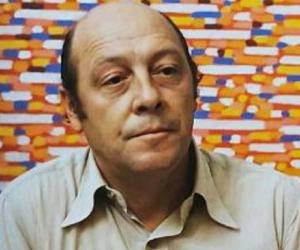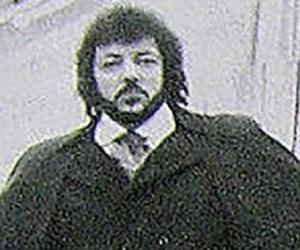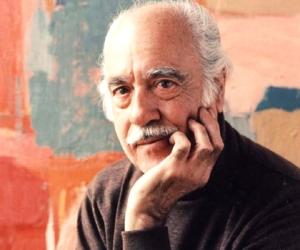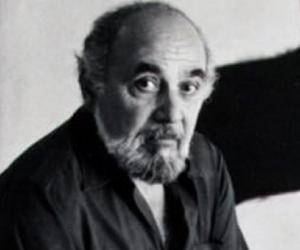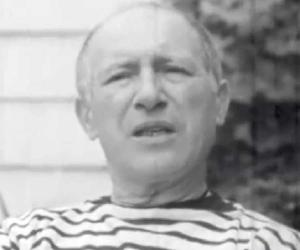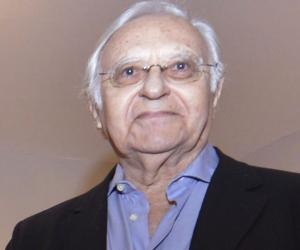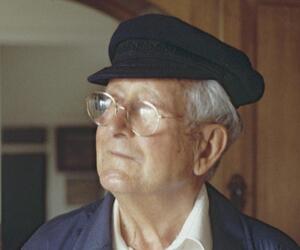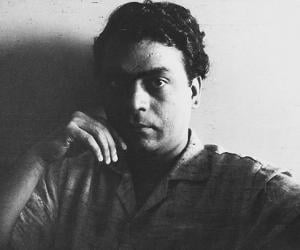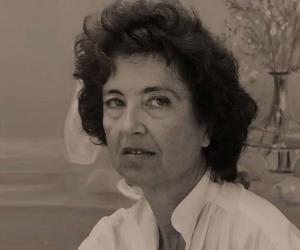Quick Facts
Died At Age: 92
Family:
Spouse/Ex-: Elaine de Kooning (m. 1943–1989)
father: Leendert de Kooning
mother: Cornelia Nobel
children: Lisa de Kooning
Born Country: Netherlands
Abstract Painters American Men
Died on: March 19, 1997
place of death: East Hampton, New York, United States
Cause of Death: Alzheimer
Diseases & Disabilities: Alzheimer’s
City: Rotterdam, Netherlands
More Facts
awards: Presidential Medal of Freedom (1964)
National Medal of Arts (1986)
Praemium Imperiale (1989)
Childhood & Early Life
Willem de Kooning was born on April 24, 1904, at Rotterdam, the Netherlands. His parents Leendert de Kooning and Cornelia Nobel divorced when he was just three years old. After the divorce, he lived with his father for a few years and then stayed with his mother.
In 1916, he dropped out of school and joined as an apprentice at a firm consisting of commercial artists. He attended evening classes at the Rotterdam Academy of Fine Arts and Applied Science until 1924. Interestingly, it is now called the Willem de Kooning Academie.
Early Career
In 1926, Willem de Kooning left as a stowaway on a freighter ship and reached the United States. He then started working as a house painter in New Jersey.
He came to Manhattan in 1927. He survived by doing multiple jobs like carpentry, house-painting, and commercial art. His passion for art took shape after he began painting in his free time. He also joined the art colony at Woodstock, New York, in 1928.
Painting Career
Willem de Kooning first started painting still-life images and figures in 1928. However, he gradually moved to abstract painting as he was inspired by the works of Pablo Picasso and Joan Miro.
His career took off after he became an artist for the federal art project for the Works Progress Administration in 1935. This paved the way for him to create murals as a career.
Some of his early works, including ‘Two Men Standing, Man, and Seated Figure,’ had male figures. He also worked with colored abstractions in the paintings ‘Pink Landscape’ and ‘Elegy.’
In 1946, he painted ‘Light in August’ and in 1948, ‘Black Friday,’ which had a black background with white elements on it. He painted ‘Zurich’ (1947) and ‘Mailbox’ (1947–48), which again combined white with black. These were followed by ‘Asheville’ (1948–49), ‘Attic’ (1949), and ‘Excavation’ (1950).
In 1948, Willem de Kooning showcased his black and white series of paintings at the Charles Egan Gallery.
During the 1950s, his artworks paved the way for a new movement called the American Abstract Expressionism. Most of his paintings have a female figure and his ‘Woman’ series paintings beautifully capture the historical context of the post-World War II feminist movement in US.
Major Works
One of Willem de Kooning’s most famous works is the ‘Woman’ series, which he started painting in 1950. ‘Woman VI’ was the last painting in the series; it was largely influenced by the works of Picasso. The paintings ‘Woman III’ and ‘Woman VI’ were the most popular.
Family & Personal Life
Willem de Kooning met his future wife, Elaine Fried, in 1938, after a teacher introduced her to him in Manhattan. At that time, he was 34 and she was just 20. They started painting together and he would give her advice on the techniques of art.
In 1943, they decided to get into an open marriage and she moved into his loft. Due to the open nature of their marriage, both of them had multiple affairs. He had a daughter, Lisa de Kooning, in 1956, with another woman.
The couple separated in 1957 after mutually struggling with alcoholism. They got back together after nearly 20 years later in 1976.
Death & Legacy
It was revealed that Willem de Kooning was suffering from Alzheimer’s disease in the 1980s. In 1989, Elaine passed away. His daughter Lisa took care of him in his final years. He died in 1997 at the age of 93.
Even years after his death, many of his paintings are being sold for record amounts in the 21st century. In November 2006, one of his paintings, ‘Woman III,’ was sold to hedge fund manager Steven A. Cohen for $137.5 million.
In September 2015, his oil painting ‘Interchange’ was sold to hedge fund billionaire Ken Griffin for around $300 million. It was the most expensive painting at that time.
In 1964, Willem de Kooning was awarded the Presidential Medal of Freedom for his contribution to the field of arts. His works are displayed in thousands of art exhibitions across the world to this day.
Facts About Willem de Kooning
Willem de Kooning was known for his unconventional studio habits, often working on multiple paintings simultaneously and making dramatic changes to his works even after they were considered complete.
Despite his fame as a painter, de Kooning also had a passion for carpentry and was known to spend time building furniture in his spare time.
De Kooning had a love for jazz music and often listened to it while working in his studio, finding inspiration in the improvisational nature of the music.
De Kooning was a prolific sketcher and would often fill sketchbooks with quick drawings and doodles, using them as a way to explore ideas and concepts for his larger paintings.


